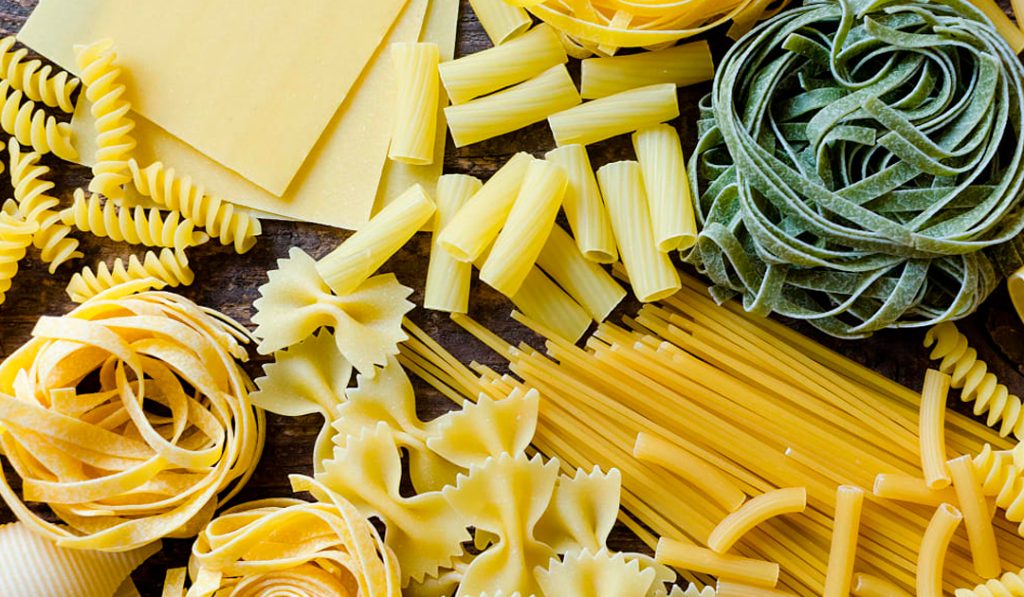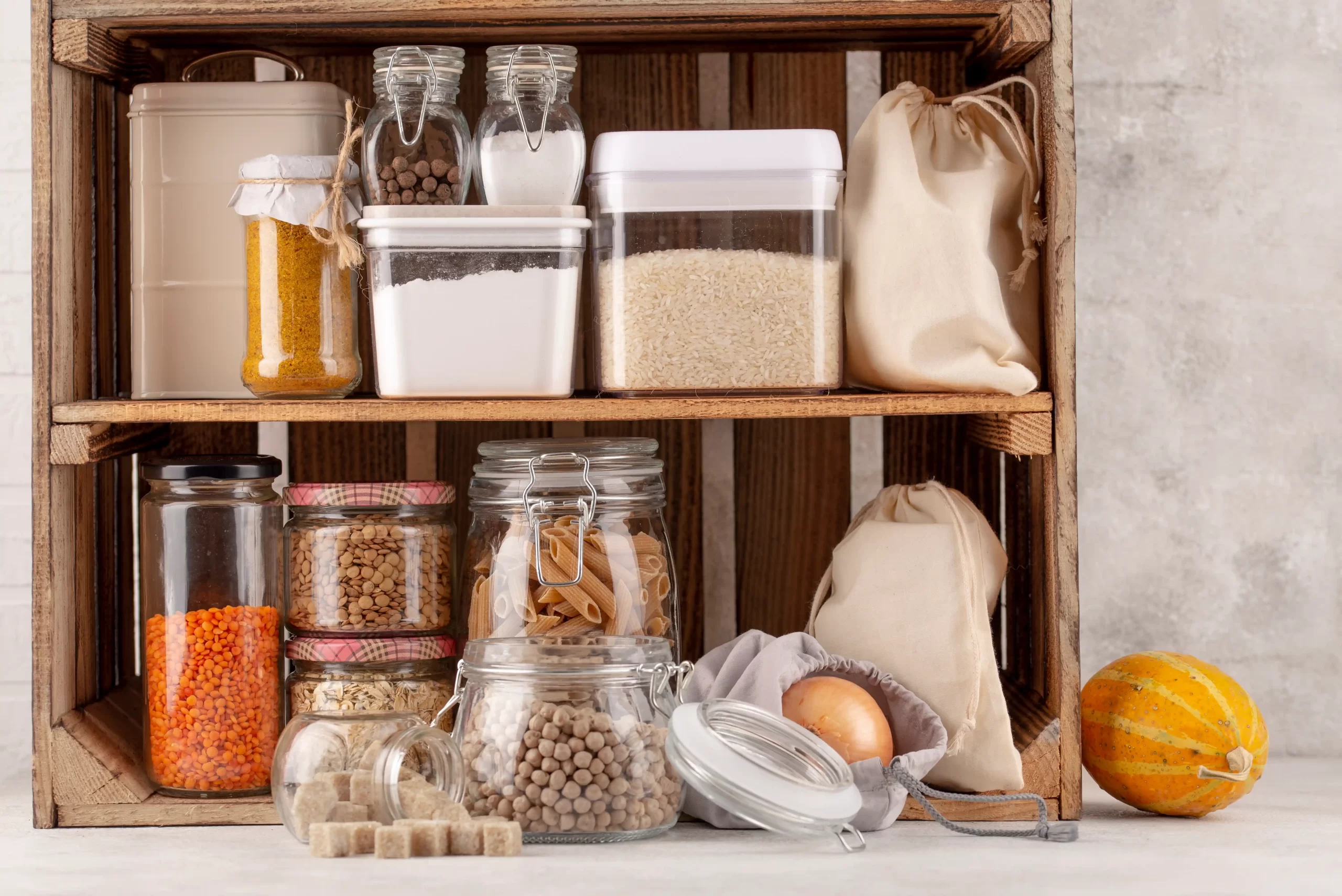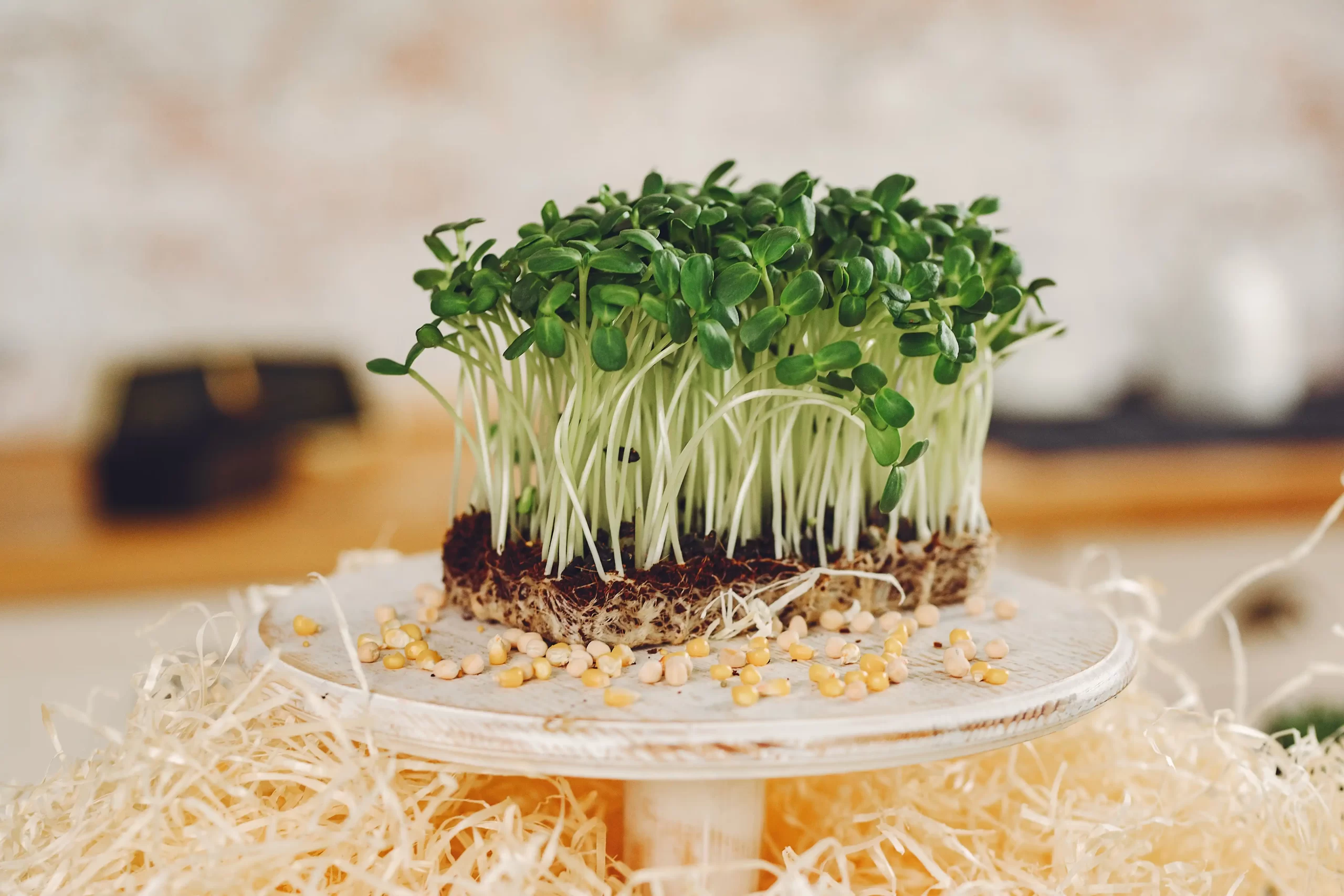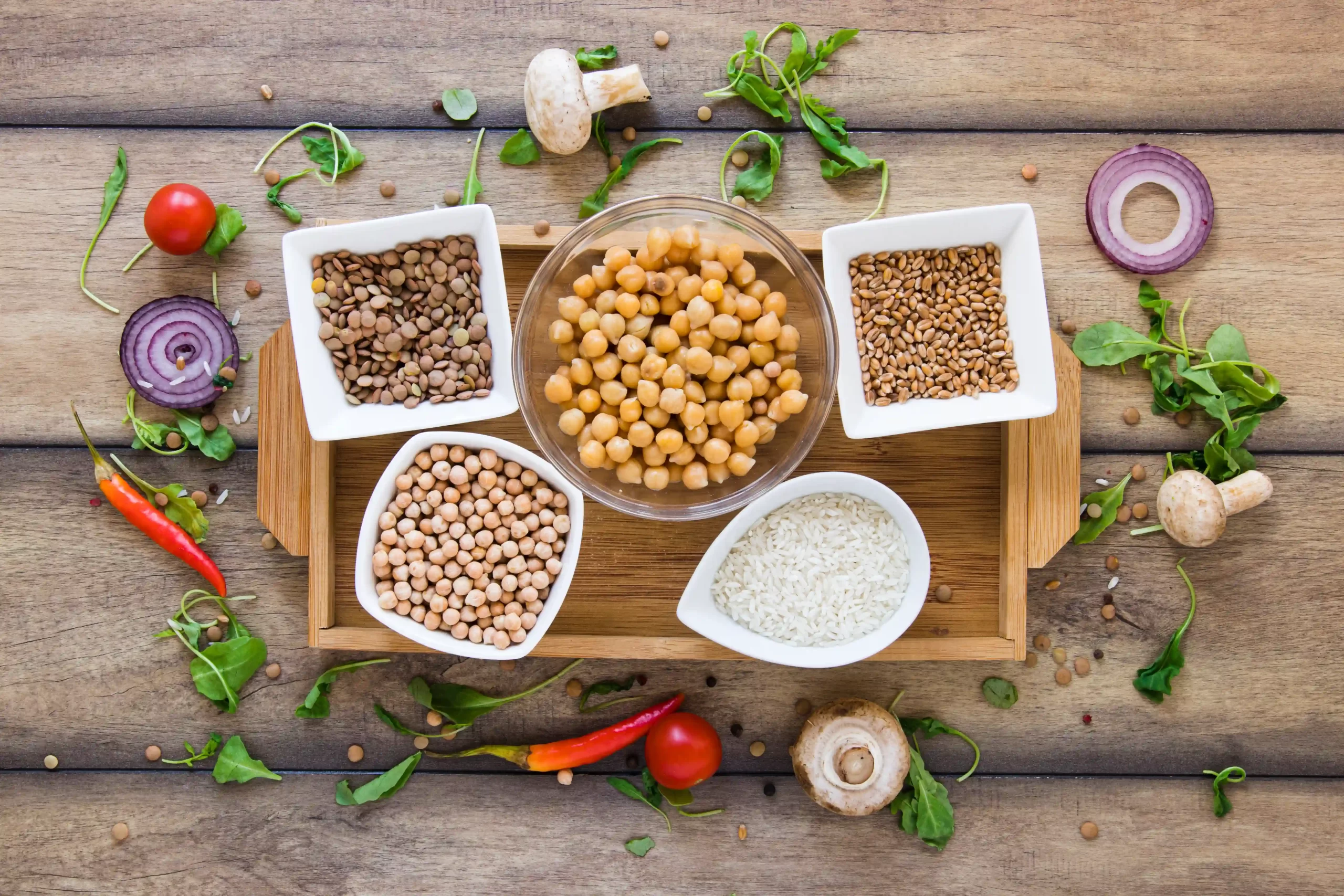For many, especially Italians, pasta is one of the most beloved dishes, and in addition, this one of the most popular pantry staples has a rich history. Ravioli, spaghetti, noodles, or lasagna – it’s all called one-word “pasta” and every inhabitant of Italy eats about 25-30 kg of pasta per year. There are at least 350 types of pasta and dough products and each country has its own varieties: vermicelli, ravioli, dumplings, manti, khinkali, gnocchi, noodles – there are a huge number of options. Every country has its ways and recipes for eating macaroni and pasta.
Where pasta actually came from?
Whether the first pasta came from China or the technology of making pasta from flour and water was mastered in ancient Rome, there are different opinions on this matter. But we know, that the Romans rolled the dough into thin plates called Lagana, cut it, and baked it in an oven with various fillings. However, the main features of modern pasta were formed in the early Middle Ages. During this period, housewives began to cook Lagana in boiling water, broth, or milk. Later, the Arabs found a way to produce food, which could also be transported in the desert and sold in large quantities. It was they who invented the technology for preparing dry pasta for long storage. At the same time, in the era of the development of maritime trade and transportation, the need to make pasta increased in the Mediterranean – for sailors, food that could be stored on a ship on long voyages was necessary. Even then, the old Neapolitan factories produced hand-carved fidelini, vermicelli, trenette, fusilli, and lasagnette. In the 12th century, more automated pasta factories emerged in Sicily. At one time, pasta was considered an exceptionally sweet dish – only cheese, spices, and butter were added to it. Back then, pasta was a festive delicacy, a real luxury, unlike today, when modern Italians eat pasta for breakfast, lunch, and dinner.
Is there much difference between Macaroni and Pasta?
Some believe that pasta and macaroni are the names of the same product. There is some truth in this because the word “pasta” (translated from Latin – as “dough”) is a general term for macaroni products. The difference is that pasta is served as a garnish, while the pasta is a separate dish. There are also discrepancies in the dough recipe – eggs are not used in the manufacture of macaroni, while they are used to make some varieties of pasta. Pasta is a general term for food basically made from an unleavened dough of buckwheat or wheat flour and water whereas macaroni is a type of dry pasta. This is the main difference between macaroni and pasta.
MACARONI
Macaroni is a type of dry pasta that is shaped like a bent elbow. They are made from wheat flour and look like little hollow tubes. While pasta has different names around the world – it is called noodles in Asia and spaghetti in Europe and America, Macaroni has only one name around the world. Macaroni is a type of pasta that is available everywhere and is inexpensive and very popular in Western countries.
PASTA
Dry Italian pasta, which includes water and durum wheat flour (Durum Semolina), contains healthy minerals and complex carbohydrates. This flour contains a lot of wheat protein and a minimum amount of starch. It nourishes the body for a long time, has a longer absorption time than ordinary white flour, and does not make you fat. That is why Italians look very slender while eating endless spaghetti, lasagna, tagliatelle, and other types of pasta. Fresh pasta is usually more expensive as it’s hand-made. Мanufacturers offer a variety of pasta. The most popular types of them are:
- tagliatelle – long flat ribbons with a rough
- bucatini – spaghetti about 30 cm long
- farfalle – “butterflies” of various sizes
- fettuccine – thick, flat noodles made from flour and eggs with wider sheets than tagliatelle
- conchiglie – pasta in the form of shells of various sizes and colors.
Delicious high-quality durum wheat pasta has a pleasant yellowish-golden color, but there are also multi-colored types of pasta with various natural additives (cuttlefish ink, spinach, paprika, saffron, egg). In addition to pasta from wheat flour, farms produce products from buckwheat, rice, and chickpea flour. These are Spaghetti, Farfalle, Cavatelli, Cascatelli, Linguine, Rigatoni, Rotelle and others . Both without additives and with the addition of mushrooms, ginger, saffron, pumpkin, and other organic ingredients.
RAVIOLI
One of the most popular products of the gastronomic culture of Italy is stuffed pasta: ravioli, tortellini, cappelletti, and other types. Ravioli is a pasta with a filling, most often of a square shape, although the variety of ravioli shapes is as diverse as the fillings: round, semi-circular, rectangular, triangular, gathered in a bunch. Isn’t it amazing that one type of food can take on so many different shapes? An Italian classic is a ricotta with spinach, but you can hardly refuse the tastiest varieties, made from the freshest ingredients available at the farmer’s market:
- with an appetizing filling of tender ricotta mixed with Parmesan and Provence herbs;
- stuffed with lobster, ricotta, and green onions;
- with creamy filling and mushroom mix;
- with a pesto filling made with fresh basil, ricotta, parmesan, pine nuts, and garlic;
- with arugula, ricotta and parmesan;
- with sweet pea and truffle.
FRESH PASTA
If you’re looking for high-quality organic produce, it’s a good idea to sign up for Farm Crate delivery. In addition to vegetables and fruits, farmers use the freshest ingredients and original recipes to create the finest hand-crafted artisan pastas. Among farm products made from fresh, not frozen dough, you will find:
- fresh fettuccine – an egg pasta cut into long, narrow ribbons;
- mushroom pappardelle made according to an old recipe using durum flour, fresh whole eggs, water, and porcini mushroom paste;
- squid ink linguine is made with durum flour, fresh whole eggs, squid ink, and water;
- fresh potato gnocchi – tender, velvety and airy based on mashed potatoes.
Today you rarely meet a person who is indifferent to pasta, but let’s face it: not all of us have tried all types of pasta because there are so many of them. We need to make up for a lost time. Keep your pantry stocked with different types of pasta so it’s always on hand for making great meals every day.




